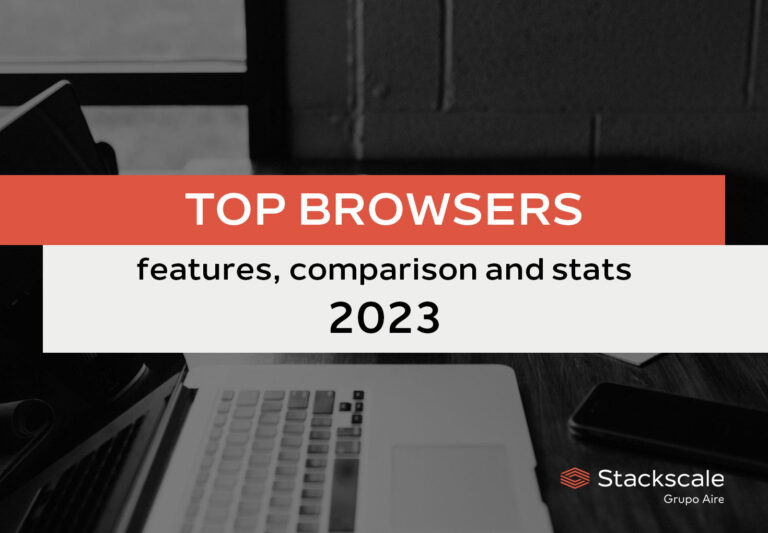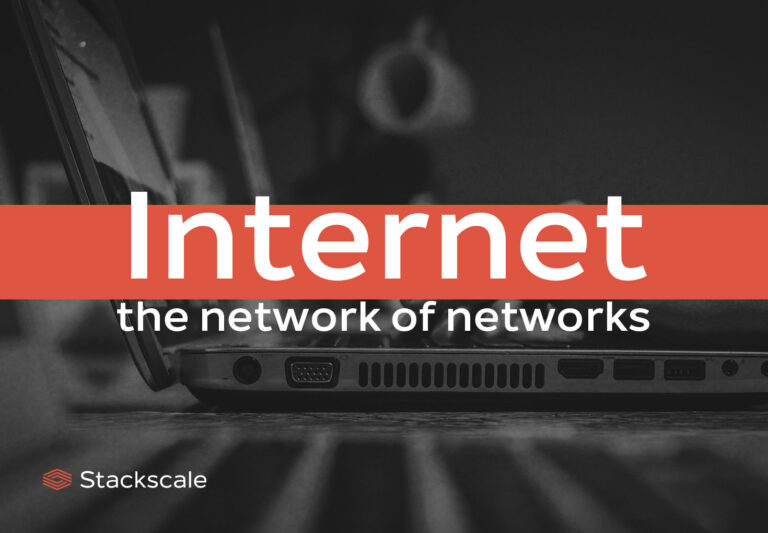Open source refers to a software development model where the source code is publicly available. This means anyone can view, modify, and distribute the code according to the terms of the associated license. Unlike proprietary software, open source enables users to collaborate and improve the program continuously, promoting innovation and transparency. This open philosophy is not limited to software alone; it also applies to areas like hardware and open data.
The history of open source
The history of open source began in the 1970s and 1980s with a community of developers who shared software freely before the concept of “proprietary software” became the norm. In 1983, Richard Stallman launched the GNU Project, aiming to create a completely free operating system, which laid the foundation for the free software movement and the establishment of the Free Software Foundation (FSF).
In 1998, as projects like Linux gained traction and a term that appealed to both companies and developers was needed, the concept of “open source” was born. That same year, the Open Source Initiative (OSI) was founded to regulate open source licenses and promote the adoption of open source software worldwide. Since then, open source has gained popularity, driven by successful projects such as Linux, Apache, Mozilla Firefox, and more recently, Kubernetes and Docker.
How does open source development work?
Open source development is collaborative and decentralized. Typically, an open source project is hosted on platforms like GitHub, GitLab, or Bitbucket, where developers can contribute code. Many projects have defined roles and structures; for example, “maintainers” are responsible for reviewing and approving code changes, while “contributors” add improvements or fix specific issues.
Collaboration in open source projects usually follows a clear structure: developers identify bugs or suggest improvements, propose changes via “pull requests,” and maintainers review and approve (or reject) these contributions. Additionally, many open source projects rely on an active community that engages in forums, chats, and conferences to discuss the project’s direction and objectives. This model allows software to evolve quickly and adapt continuously to users’ needs.
Linux and open source
Linux is one of the most iconic and successful examples of open source software. Created in 1991 by Linus Torvalds, Linux was developed as a free operating system inspired by UNIX. From its inception, Linux’s code has been available for anyone to use and modify, fostering a large global community of developers and users.
Linux is not just an operating system; it serves as the foundation for many modern technologies, from servers and mobile devices to supercomputers and embedded systems. Moreover, Linux has led to a wide variety of Linux distributions (such as Ubuntu, Fedora, and Debian), each tailored for different uses. The Linux community exemplifies the values of open source, where collaboration and continuous improvement are fundamental.
Differences between free software, closed source, and open source
- Free Software: Defined by the Free Software Foundation (FSF), free software emphasizes users’ freedom to run, study, modify, and distribute the software. Although free software and open source share many similarities, free software focuses more on ethics and user rights. Examples include GNU, LibreOffice, and GIMP.
- Closed Source Software: Also known as proprietary software, closed source software has source code that is not publicly available. Only the owner or creator has the right to modify or distribute it. Users are limited to using the software according to the terms of a license, with no possibility for customization or improvement. Examples include Microsoft Windows, AutoCAD, Adobe Photoshop, and many commercial applications.
- Open Source: Although often used interchangeably with free software, open source focuses more on the practical benefits of open code to enhance collaboration and development. Open source does not necessarily mean free of cost, but it does mean the code is accessible. Popular examples include Linux, Mozilla Firefox, and Apache.
Advantages of open source
Open source software offers numerous advantages for both users and businesses:
- Transparency and Control: With access to the source code, users can verify the software’s functionality, eliminating concerns about dishonest practices like spyware or malware. This transparency is crucial for sensitive applications or enterprise environments.
- Reduced Costs: Open source software is generally free or has very low licensing costs, allowing companies and organizations to access advanced technology without the high expenses associated with proprietary software licenses.
- Flexibility and Customization: Organizations can tailor open source software to meet their specific needs, which is often not possible with closed-source software.
- Active Community and Support: Large communities surrounding open source projects generate extensive documentation, tutorials, and support forums. Additionally, users benefit from the collective knowledge of thousands of developers and experts.
- Continuous Improvement and Innovation: Thanks to contributions from multiple developers and companies, open source software tends to evolve rapidly, adapting to changing market demands and promoting constant innovation that benefits all users.
- Enhanced Security: Although open source software is accessible to anyone, including potential attackers, it is also continuously reviewed by the community, allowing for the rapid detection and correction of vulnerabilities. This results in more secure and reliable software.
In summary, open source is much more than a development model; it represents a philosophy of transparency, collaboration, and innovation. With the support of global communities and its growing adoption in business environments, open source continues to play a key role in modern technology, allowing individuals and companies to access powerful, flexible tools to tackle the challenges of the digital age.




